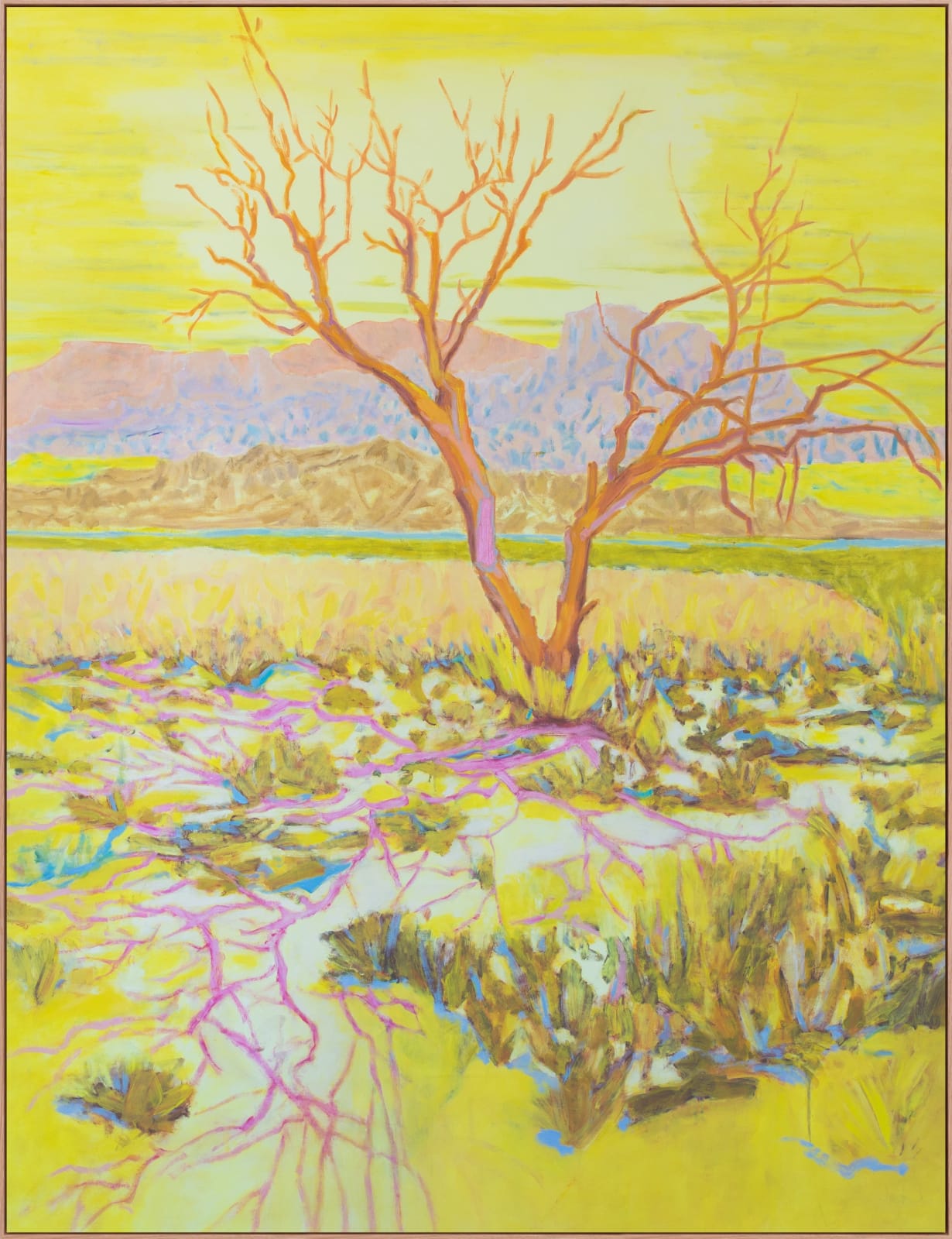Jo Bertini
Indigenous people worldwide caused scars on trees by removing bark for various purposes. The scars, which vary in size, expose the sapwood on the trunk or branch. The bark was cut and removed to create tools, canoes, containers, shields, shelters for everyday life or carved trees were used as markers for sites of special significance. Holds were also cut to make trees easier to climb. Sometimes the scars made hundreds of years ago are still visible but usually the marks are hidden due to bark regrowth. They can be found by those who see the remnant signs beneath the surface. Scar trees were guides, ’way markers’ for indigenous desert peoples. Scarifying a tree was a means to indicate a water source or a way to a location or a sacred place. Completely carved trees mark sites of particular ceremonial significance, such as initiation or burial sites. Carved trees are a form of visual communication, the design reflecting the cultural myths and providing a pathway for spirits to return to the sky world. The design faces the site to warn passers-by of the spiritual significance. They are history holders.
These carved trees bear testament to tens of thousands of years of indigenous signposting of the desert lands. Humans love to leave their mark, scarifying and using trees as signposts. Colonial explorers, settlers & farmers also scared trees, which are generally more geometrical in shape.
I have walked across deserts where there are no living trees for days, yet suddenly a preserved sole tree appears in the landscape still standing. This is the last tree left after the only other evidence of a remnant forest is petrified wood fossils buried in the sands. Yet somehow this tree has remained upright, the way marker, the last sentinel, an inexplicable phenomena still standing for something special. A sole tree in the desert is a vertiginous edifice, a forlorn and lonely reminder of history where an identifiable icon has been abandoned.
